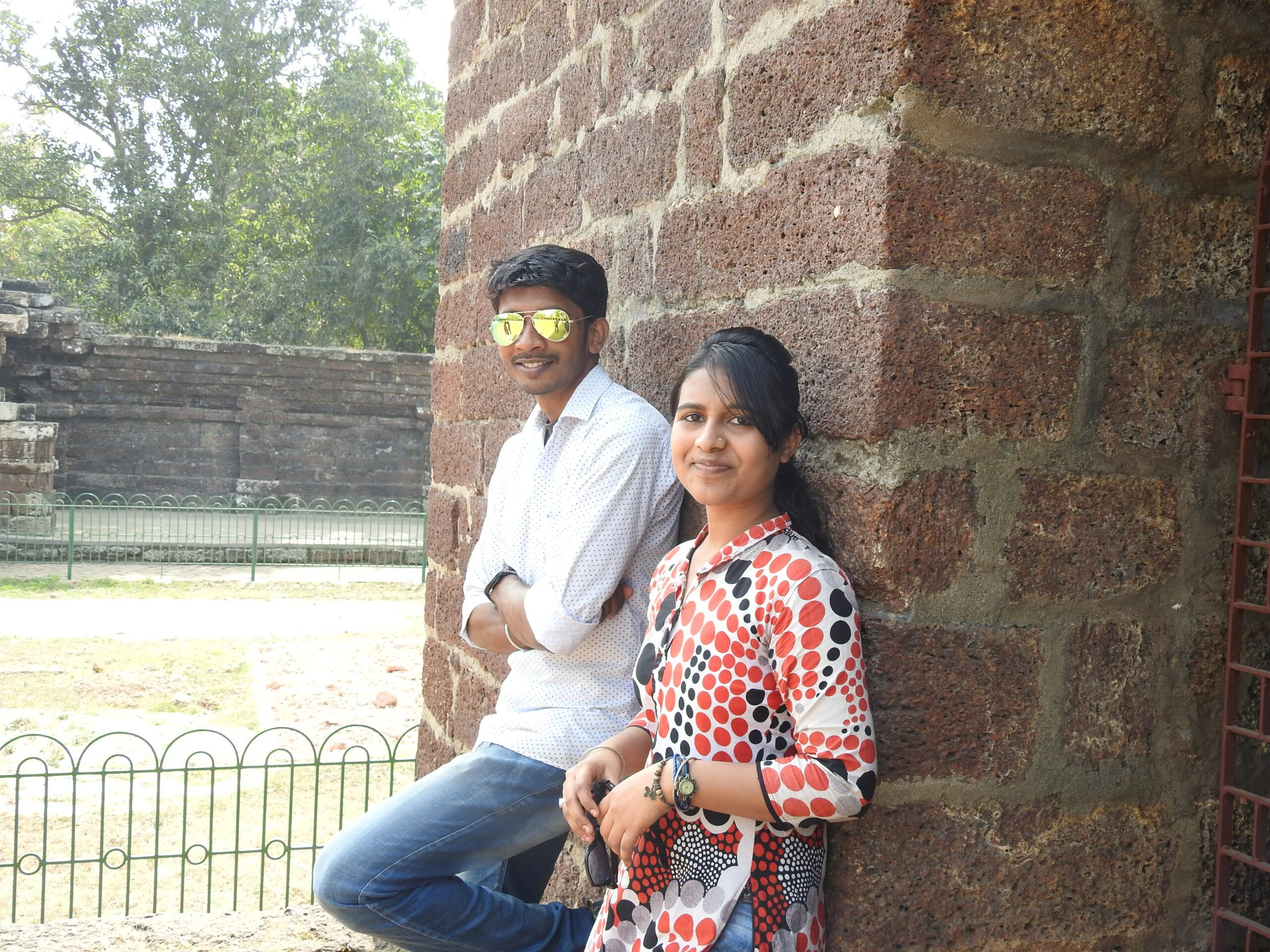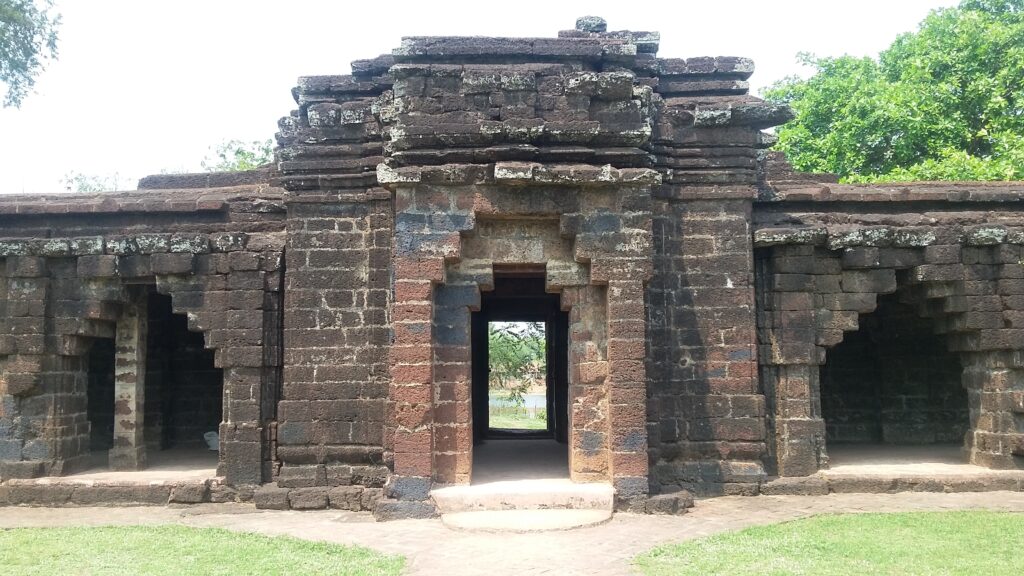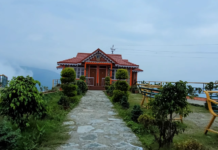Kurumbera Fort Keshiary 15th Century Old Fort With a Ruined History
Kurumbera Fort Keshiary 15th Century Old Fort With a Ruined History: The Kurumbera fort is located in the village of Gaganeshwar. The name means that there is an inscription surrounded by a stone that was built during the reign of the Sun dynasty.
- Distance From Kharagpur Is Approx. 30Km Via SH5 KESHIARI
- Distance From Kolkata Is Approx.
- Google Maps: KURUMBERA FORT
Another inscription states that it was later re-created, including a domed mosque built during the reign of the Mughal emperor Aurangzeb, with floral designs, although the fort and most of it are ruined.
Read More: Raibania Fort – The Early Medieval Fort Of Odisha – Balasore
Which is admirable These historical monuments can be visited 30 km away from the Keshiari – Kukai turned left and from there 3 kilometers down the road and from one village to the right the paved road went another 3 kilometers away to the village of Gaganeshwar where the 700-year-old Kurumbera Fort was built of stone in fourteen years during the reign of the kings.
Read More: Excavation Site of the Moghalmari Buddhist Monastery in the Dantan West Bengal
History
According to historian Harisadhan Das, the entire region of Midnapore was once part of the ancient kingdom of Kalinga. Eventually, the region split and the city of Tamralipti became independent. (modern Tamluk) as its capital. In the 15th century, the region was ruled by the Gajapati Dynasty (1434 – 1541 CE), a medieval Hindu empire that ruled most of modern-day Odisha and coastal areas of Andhra Pradesh. The ‘fort’, it is believed, was built by the king of this empire.
Alauddin Hussain Shah (1494 – 1519), an independent Sultan of Bengal will try to expand his empire into Orissa, and his forces commanded by Shah Ismail Ghazi passed through the area several times between 1500 and 1509. However, the campaign was unsuccessful and hostilities in the provinces bordering Bengal and Orissa would continue under the rule of Alauddin Hussain Shah.
Kurumbera was first introduced to the ancients by W Herschel, a British public servant sent to Bengal, who wrote an article about the site of the Asiatic Society of Bengal in December 1867. Herschel notes that the monument is surrounded by a flat wall, about 15 meters high and 312 meters xx 252 without.
The whole wall is made of large blocks of laterite. The interior of the entire wall contains a line of “serai as cloisters”, he noted. Each cloister has an arch, about 10 feet high, and the key arch stone contains a lotus pattern. The verdict itself is a burnt form, often a reference to the pre-Islamic origin. There is no gap or opening anywhere on the wall, except for a small gate on the north side.
Herschel says that is probably why the building is called Garh, or ‘fort’ by the locals, even though it does not have the same defensive features as fortresses, but it is said that when Sri Ramachandra and Sita went out into the forest, the fort was built for them by the people.












